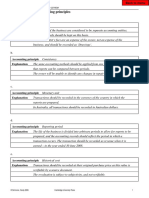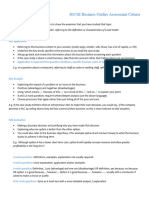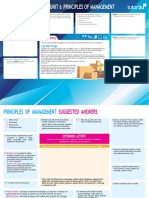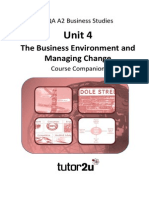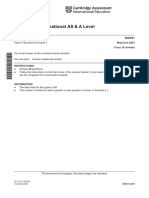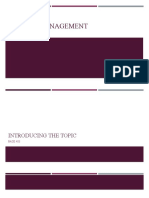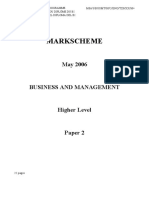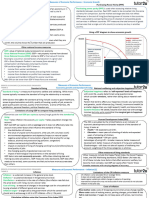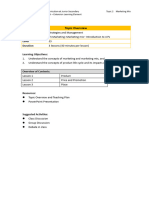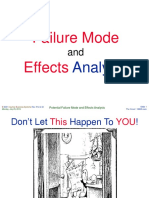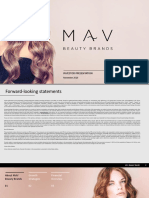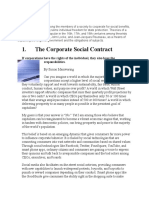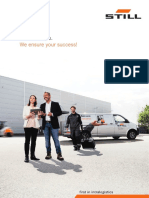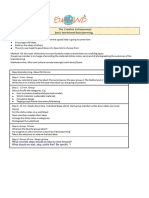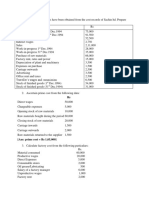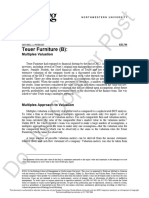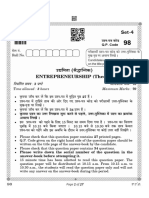0% found this document useful (0 votes)
487 views10 pagesBusiness Report IA2 Term 2 UPDATED
IKEA is a Swedish company founded in 1943 that is known for home furnishings. It is experiencing increased competition from online retailers as its online services are lacking. The report analyzes IKEA's marketing and operations strategies and proposes new strategies. IKEA uses strategies like low prices, flat-pack furniture, and integrated marketing. It also uses Lean Management and Six Sigma to improve efficiency. A SWOT analysis found strengths in IKEA's brand and range but weaknesses in communication and scale. The report evaluates IKEA's branding strategies and unique selling propositions.
Uploaded by
KoRnCopyright
© © All Rights Reserved
We take content rights seriously. If you suspect this is your content, claim it here.
Available Formats
Download as DOCX, PDF, TXT or read online on Scribd
0% found this document useful (0 votes)
487 views10 pagesBusiness Report IA2 Term 2 UPDATED
IKEA is a Swedish company founded in 1943 that is known for home furnishings. It is experiencing increased competition from online retailers as its online services are lacking. The report analyzes IKEA's marketing and operations strategies and proposes new strategies. IKEA uses strategies like low prices, flat-pack furniture, and integrated marketing. It also uses Lean Management and Six Sigma to improve efficiency. A SWOT analysis found strengths in IKEA's brand and range but weaknesses in communication and scale. The report evaluates IKEA's branding strategies and unique selling propositions.
Uploaded by
KoRnCopyright
© © All Rights Reserved
We take content rights seriously. If you suspect this is your content, claim it here.
Available Formats
Download as DOCX, PDF, TXT or read online on Scribd
/ 10
